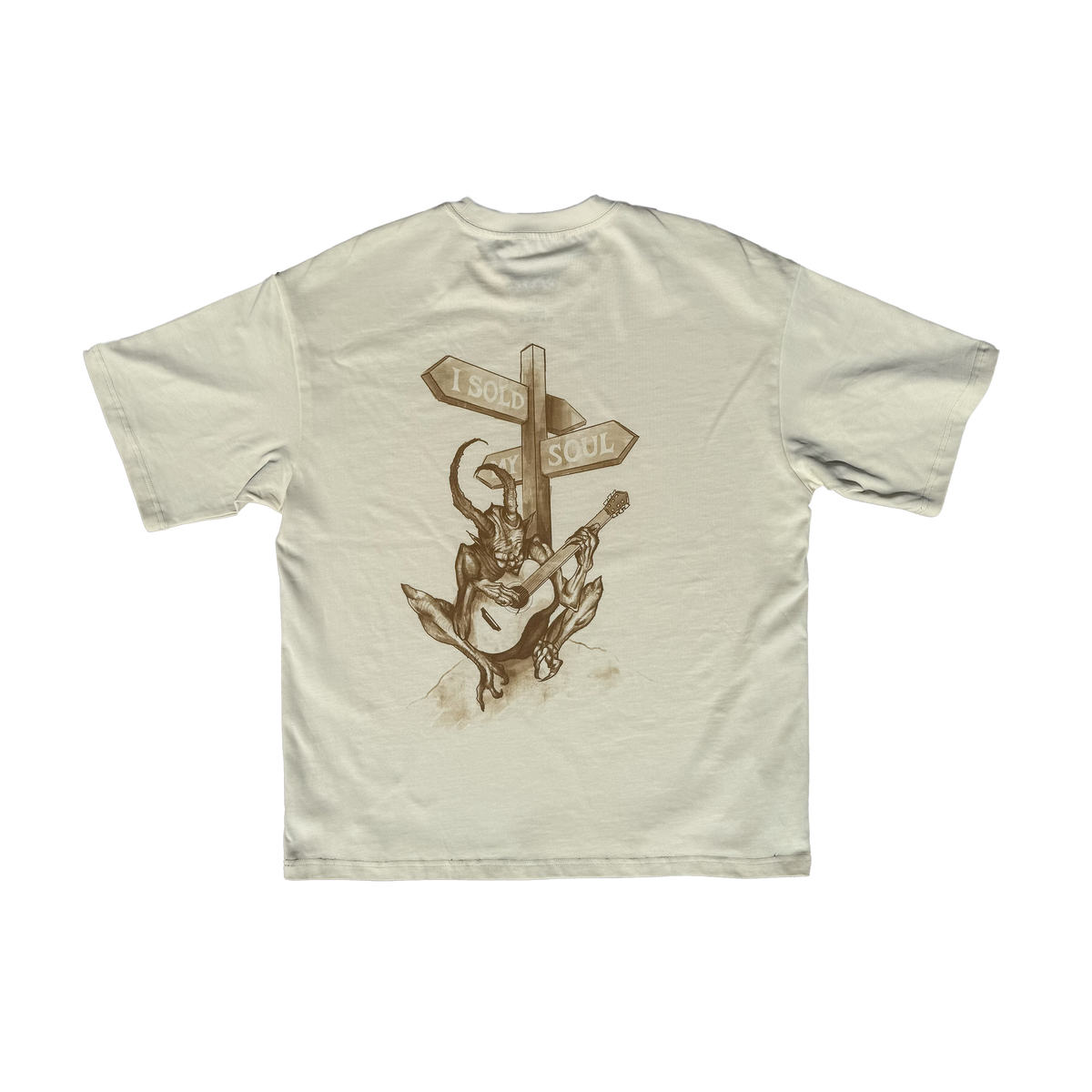If you’ve ever wondered how a piece of music can smoothly shift from one key to another without sounding jarring, the secret often lies in something called a pivot chord. As a fundamental concept in music theory, pivot chords play a crucial role in modulation—the process of changing from one key to another. Let’s break down what pivot chords are and how they help create those seamless transitions.
What Are Pivot Chords?
A pivot chord is a chord that belongs to both the original key and the new key during a modulation. Essentially, it acts as a musical bridge, allowing the composer to move between keys without an abrupt or awkward shift. Think of it as a common ground—a chord that makes sense in both harmonic contexts, easing the listener into the new tonal center. For example, in a piece moving from C major to G major, the G major chord (the I chord in the new key) can serve as a pivot because it also functions as the V chord in C major.
How Do Pivot Chords Aid Modulation?
Modulation can feel disorienting if not handled carefully, but pivot chords make the transition feel natural. Here’s how they help:
- Shared Harmony: Since pivot chords exist in both keys, they provide a harmonic overlap. This shared sound prevents the modulation from feeling sudden or out of place.
- Smooth Progression: By using a pivot chord, composers can maintain a logical chord progression. The listener hears a familiar sound before the new key fully takes over, making the shift less noticeable.
- Emotional Flow: Pivot chords help preserve the emotional tone of a piece. A well-chosen pivot can keep the music’s mood intact, whether it’s uplifting, somber, or dramatic, even as the key changes.
Where Are Pivot Chords Used?
You’ll find pivot chords in all kinds of music, from classical compositions by Mozart and Beethoven to modern pop songs. They’re especially common in pieces that modulate frequently, like symphonies or film scores, where key changes are used to build tension or signal a new section. Next time you listen to a song that shifts keys—maybe during a climactic bridge or chorus—pay attention to the chords. There’s a good chance a pivot chord is guiding that transition.
In short, pivot chords are like musical diplomats, negotiating a smooth passage between keys. They’re a small but powerful tool in a composer’s toolkit, ensuring that modulations enhance the music rather than disrupt it. Whether you’re a musician or just a curious listener, understanding pivot chords can deepen your appreciation for how music moves and evolves.
























